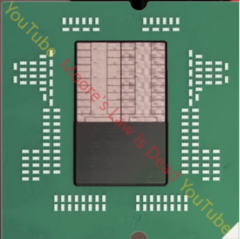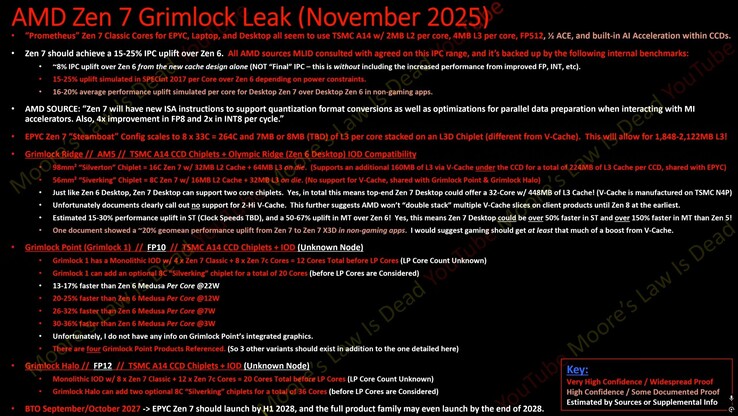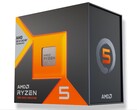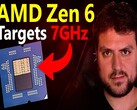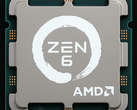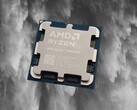Moore's Law is Dead has dropped a massive leak about AMD's Zen 7 architecture. It elaborates on his previous Zen 7 leaks and sheds light on some of its specs, performance improvements and tentative release date. It encompasses a wide range of products, including consumer desktops, laptops and servers.
Tom previously stated AMD Zen 6's CCD would be manufactured on TSMC's N2X node. TSMC's update roadmap now puts N2X mass production in 2027, so it will likely switch to N2P. Zen 7 will continue the trend and use TSMC's cutting-edge A14 node, which is slated to enter HVM in 2028.
Zen 7 desktop (Grimlock Ridge) could launch with significantly more L3 cache
AMD will offer two Zen 7 chiplets under the Grimlock moniker. Silverton offers 16 Zen 7 cores, 32 MB L2 cache, 64 MB L3 cache, and support for a 160 MB 3D V-cache tile per CCD. Silverking is a cut-down version that comes with 8 Zen 7 cores, 16MB L2 cache, 32 MB L3 cache and axes support for 3D V-cache. Silverton will be found in Epyc and high-end Ryzen 13,000 series CPUs, while Silverfish will be predominantly power laptop parts.
Like Zen 6, Zen 7 can support two CCDs per die, and with each 16-core CCD, the top-spec product could end up with 32 cores and a whopping 448 MB of 3D V-cache. Of course, this will only happen if AMD ever launches a consumer-grade CPU with dual-CCDs. We may get to see it in action later next year with the rumoured Ryzen 9 9950X3D2.
Grimlock Point and Grimlock Halo will feature a mix of Zen 7, Zen 7c and Zen 7 Low Power cores
Moving on to laptops, Grimlock Point and Grimlock Halo will follow the Strix/Medusa formula and mix up Zen 7 and Zen 7c cores. Tom's previous leak stated the generation would include four different types of CPU cores, namely “Classic”, “Dense”, “Efficiency”, and “Low-Power”. Grimlock Point will consist of 4 Zen 7 cores and 8 Zen 7C cores. Similarly, Grimlock Halo (Medusa Halo successor) will launch with an 8 Zen 7 plus 12 Zen 7C configuration. Both will include an unspecified number of Zen 7 Low-Power cores.
Zen 7 desktop parts will offer, on average, a 16-20% improvement in non-gaming workloads over Zen 6. IPC gain isn't nearly as impressive at 8%, but that figure is not final. In single-threaded performance, Zen 7 desktop will offer up to a 20% improvement and 67% in multi-core.
On the laptop side, Grimlock Point and Grimlock Halo could bring forth some notable increase in performance-per-watt, with up to a 36% increase at 3 Watts, 32% at 7 Watts, 25% at 12 Watts and 17% at 22 Watts. This will eventually trickle down to chips like the Ryzen Z4 Extreme (tentative) and help OEMs and users extract more performance out of handheld gaming consoles.
Source(s)
Moore's Law is Dead on YouTube




